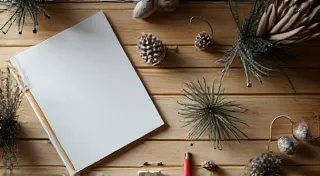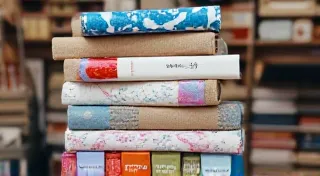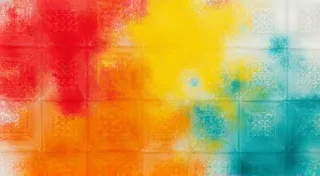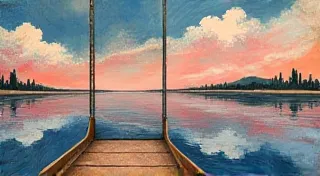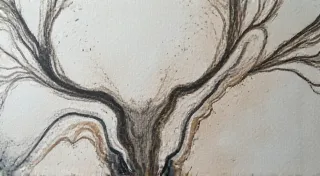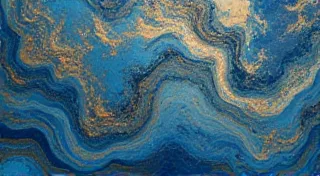Combining Paper Marbling with Other Art Techniques
Paper marbling, with its swirling patterns and unexpected beauty, is a captivating art form in its own right. But the possibilities extend far beyond simply creating beautiful sheets of marbled paper. Combining paper marbling with other art techniques – collage, painting, printmaking, and more – unlocks a whole new realm of creative exploration and allows for truly unique and personalized artworks. This article will delve into several effective ways to integrate paper marbling into broader artistic endeavors, offering practical ideas and inspiration for artists of all skill levels. Before you begin exploring mixed media, you might find our Beginner's Guide to Paper Marbling: Your First Swirls helpful to establish a solid foundation in the basics.
Why Combine Techniques? The Synergistic Power of Mixed Media
The strength of mixed media lies in its ability to create a richer, more complex visual and tactile experience than any single technique could achieve. Paper marbling, inherently unpredictable, provides a foundation of texture and pattern that can be leveraged and interpreted through other mediums. It allows for:
- Unexpected Visual Interest: The organic, flowing designs of marbling offer a striking contrast to more structured or geometric elements.
- Layering and Depth: Marbled paper can be a base layer, a focal point, or an accent within a larger piece, creating depth and visual interest.
- Textural Contrast: The smoothness of marbling contrasts beautifully with rougher textures like gesso, fabric, or other applied materials.
- A Narrative Foundation: The patterns can be interpreted and integrated into the artwork’s concept, adding layers of meaning.
Marbling & Collage: Building Worlds of Texture
Collage is a natural partner for paper marbling. The marbled paper immediately becomes a pre-designed element, ready to be incorporated into a larger composition. Here are a few ideas:
- Base Layer & Focal Point: Use marbled paper as the background for a collage, then add smaller elements – found objects, photographs, painted details – to create a layered narrative.
- Marbled Paper Fragments: Tear or cut marbled paper into fragments and arrange them on a surface to create an abstract composition. Overlap the pieces to create depth and complexity.
- Dimensional Collage: Adhere marbled paper to a thicker substrate (like cardboard or foam board) to create a three-dimensional collage. This allows for more dynamic and sculptural forms.
- Combining with Vintage Ephemera: Integrate the marbled paper with vintage postcards, sheet music, or maps for a beautifully aged and layered aesthetic.
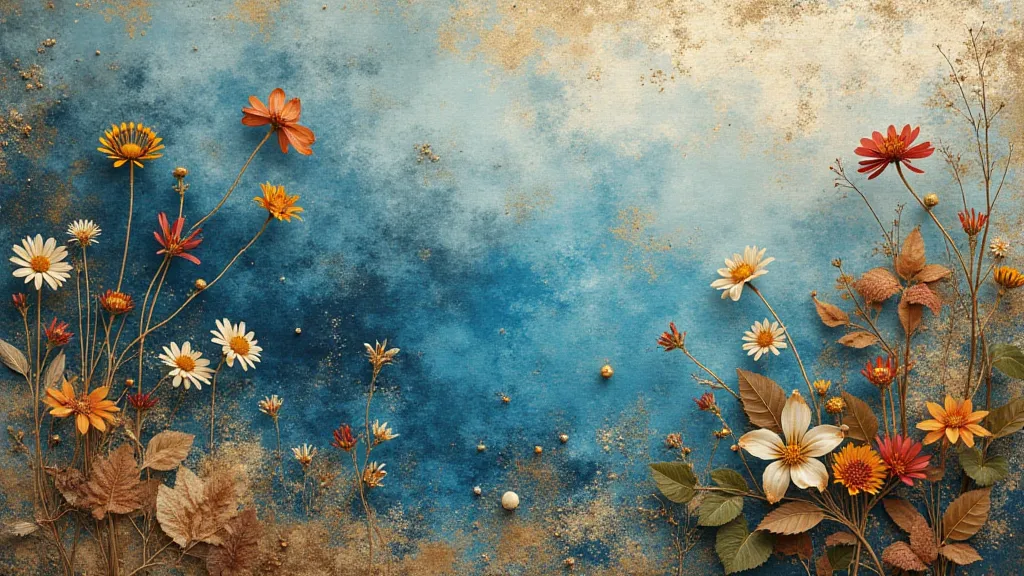
Marbling & Painting: Harmonizing Color and Pattern
While marbling creates its own patterns, it can also be enhanced and intertwined with paint. Consider these approaches:
- Marbled Backgrounds for Painting: Use marbled paper as a textured background and then paint over it. The marbled patterns will subtly peek through, adding visual interest and depth to your paintings. Think about using acrylics for their versatility or watercolors for a softer look. The interplay of marbled texture and painted color can be incredibly rewarding.
- Painting on Marbled Paper: Apply paint directly onto the marbled paper. This can be done with brushes, sponges, or even unconventional tools like feathers. Let the marbled pattern influence your painting choices.
- Adding Details: Marbled paper can act as a base for more detailed painted elements. Add figures, landscapes, or abstract shapes over the marbled background.
- Using Marbling as Inspiration: The colors and patterns in your marbled paper can inspire your color palette and composition for a separate painting. To explore different aesthetic options, consider Japanese paper marbling techniques, such as Suminagashi: Japanese Paper Marbling with Ink, for even greater subtlety and elegance.
Marbling & Printmaking: Expanding the Possibilities
Marbled paper can be surprisingly effective in printmaking processes. While direct marbling onto a printing plate is tricky, here are alternative methods:
- Using Marbled Paper as a Matrix: Create a relief print using a sheet of marbled paper as the printing matrix. This involves adhering the paper to a rigid surface and carving away areas to create a raised image.
- Marbled Paper Transfer: Experiment with transferring the marbled pattern to other surfaces using techniques like gel printing or monotype printing.
- Incorporate into Block Prints: Incorporate pieces of marbled paper within a linocut or woodcut print, layering the textures and patterns.
- Stencils and Marbling: Use stencils to mask areas of the marbled paper before applying additional colors or patterns, creating more controlled designs.
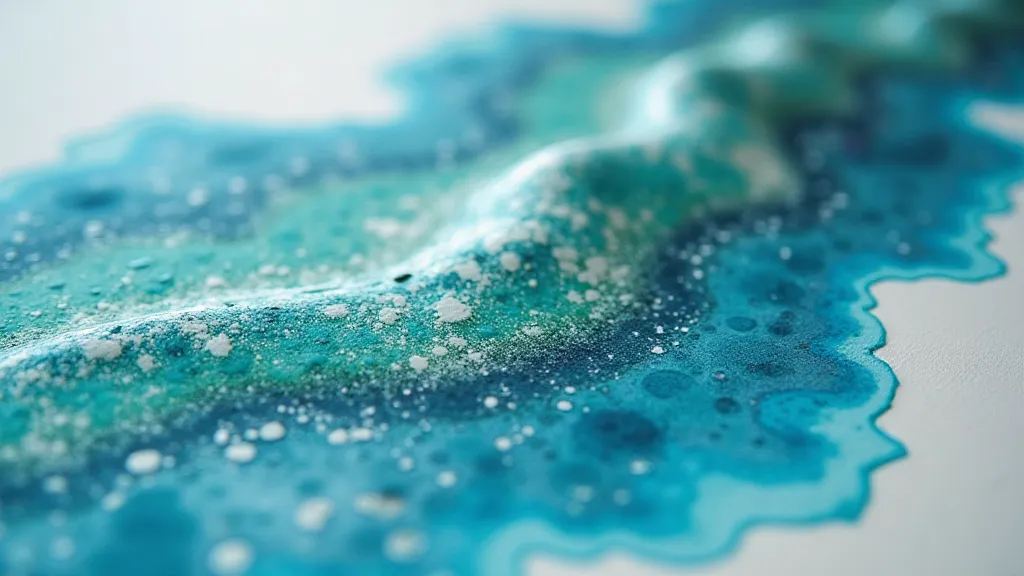
Beyond the Basics: Experimental Combinations
The beauty of mixed media lies in experimentation. Don’t be afraid to push the boundaries of these techniques and combine them in unexpected ways:
- Marbling & Embroidery: Embellish marbled paper with intricate embroidery stitches, adding texture and dimension.
- Marbling & Bookbinding: Use marbled paper to create stunning covers for journals, notebooks, or handmade books. Imagine the possibilities for creating truly unique and personalized stationery.
- Marbling & Resin: Embed pieces of marbled paper in resin to create unique jewelry, coasters, or decorative objects. The translucent quality of resin beautifully highlights the swirling patterns of the marbling.
- Marbling & Fiber Arts: Integrate marbled paper into quilts, tapestries, or other fiber art projects, adding a touch of unexpected beauty to textiles.
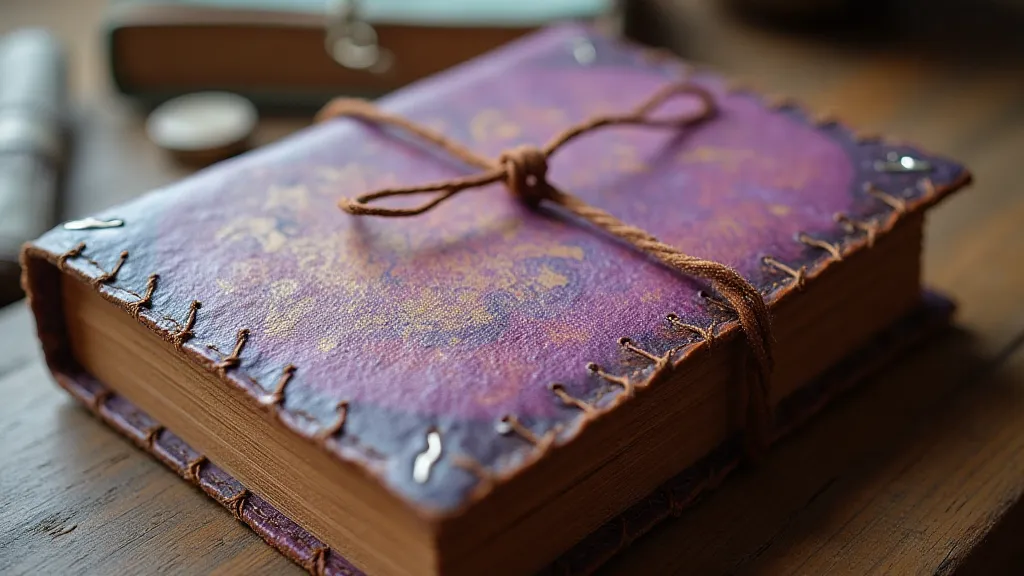
Deeper Dive: Exploring Textile Applications
While the previously discussed combinations offer incredible versatility, the possibilities expand dramatically when incorporating marbled paper into textile arts. Imagine transforming ordinary fabric into stunning works of art by integrating marbled elements. Techniques like appliqué, quilting, and even embroidery can be dramatically enhanced by the inclusion of marbled paper. Beyond simple incorporation, consider using the marbled patterns themselves as inspiration for larger fabric designs, creating cohesive and visually arresting pieces.
Tips for Success
- Plan Your Layers: Think about the order in which you’re combining techniques. Some processes work better when layered sequentially. Consider how the moisture content of different materials will interact.
- Consider Adhesives: Choose adhesives that are compatible with both the marbled paper and the other materials you’re using. Archival quality adhesives are particularly important for artwork intended to last.
- Embrace the Unexpected: Marbling is inherently unpredictable. Be open to unexpected results and learn from your mistakes. Often, the most striking results come from embracing the imperfections.
- Protect Your Work: Apply a sealant or fixative to protect your finished artwork from damage. This is especially important for pieces exposed to light and handling.
Combining paper marbling with other art techniques unlocks a world of creative possibilities. By experimenting with different materials and processes, you can create truly unique and captivating artworks that showcase the beauty and versatility of this remarkable art form. So, gather your materials, let your imagination run wild, and discover the endless possibilities that await!
